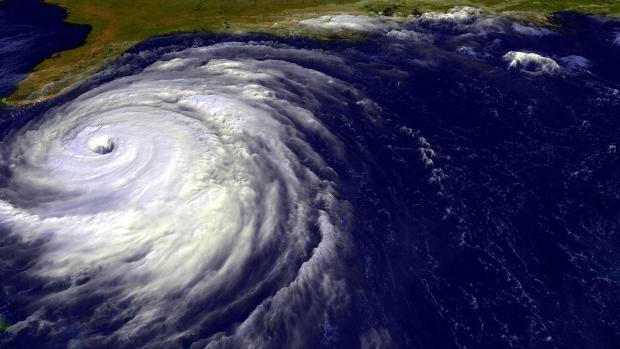Precise prediction of hurricane power vs ocean temperature

Edward Wolf, professor emeritus at the NYU Tandon School of Engineering led this research
The 2020 hurricane season had a record breaking 30 named storms, 13 of which became hurricanes and six became major hurricanes. Compare that to the average storm season, which historically produces 12 named storms, six hurricanes, and three major hurricanes. It’s clear that hurricanes are increasing in both number and intensity.
Researchers have been studying the relation between water temperature and hurricane frequency for years now. There have been suggestions that as temperature increases, storms become more powerful.
Now, Tandon researcher Edward Wolf has released new research that confirms both facts. In studying recent hurricane data, Wolf was able to pinpoint the ocean temperature where it becomes possible for hurricanes to form. That temperature is approximately 26.5 degrees Celsius. Much like how water boils at 100 degrees Celsius (and not a degree lower), weather patterns cannot phase change into a hurricane until this water temperature is met.
Wolf also developed a simple algorithm that can predict the severity of a storm by measuring the temperature of the water beneath it. As the temperature goes up, the severity of the storm increases in a consistent and measurable manner. Not only does this prove that water temperature and storm strength are directly linked, it could be a tool to efficiently gauge the strength of a storm — an early warning system that could help communities in its path prepare.
Wolf’s research also provides one surprising detail: the algorithm describing how storm severity increases in proportion to ocean temperatures finds a direct analog in ferromagnetism — the strength of an iron magnet’s field: the temperature-defined phase change of ferromagnetism follows the same critical exponent formula T-Tc ⅓ determining shift to magnetism at specific temperatures.
Researchers are now able to use the vast scientific literature on ferromagnetism in order to study hurricane formation, which by its nature has less raw data to work with. Wolf was able to use previous iron studies to fine tune his algorithm, producing even finer data.




